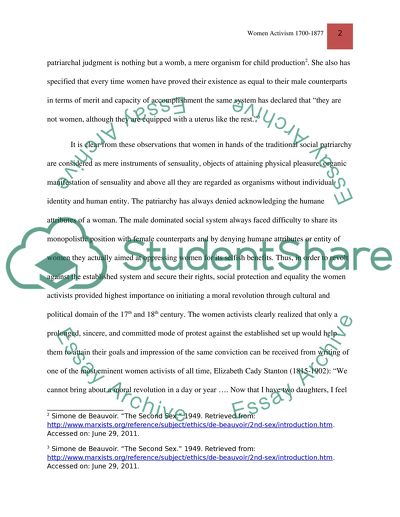Cite this document
(“Women activism, 1700-1877 Research Paper Example | Topics and Well Written Essays - 2000 words”, n.d.)
Retrieved from https://studentshare.org/nursing/1427014-women-activism
Retrieved from https://studentshare.org/nursing/1427014-women-activism
(Women Activism, 1700-1877 Research Paper Example | Topics and Well Written Essays - 2000 Words)
https://studentshare.org/nursing/1427014-women-activism.
https://studentshare.org/nursing/1427014-women-activism.
“Women Activism, 1700-1877 Research Paper Example | Topics and Well Written Essays - 2000 Words”, n.d. https://studentshare.org/nursing/1427014-women-activism.


